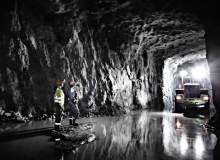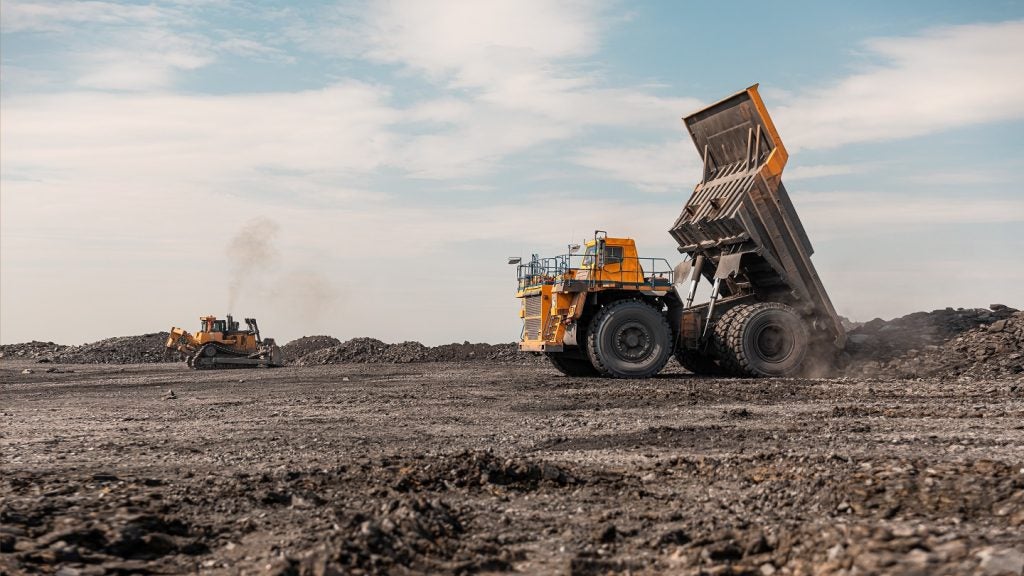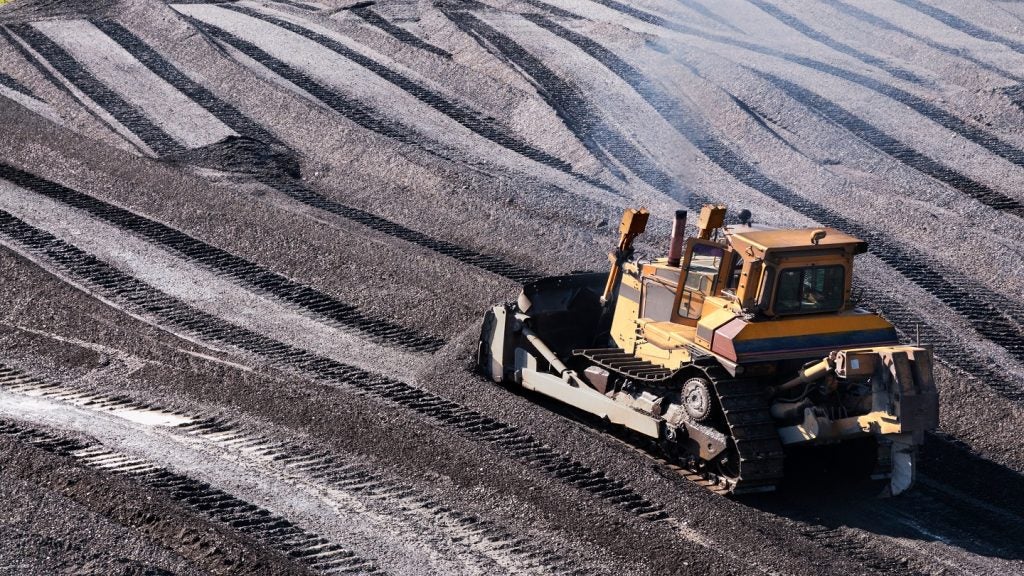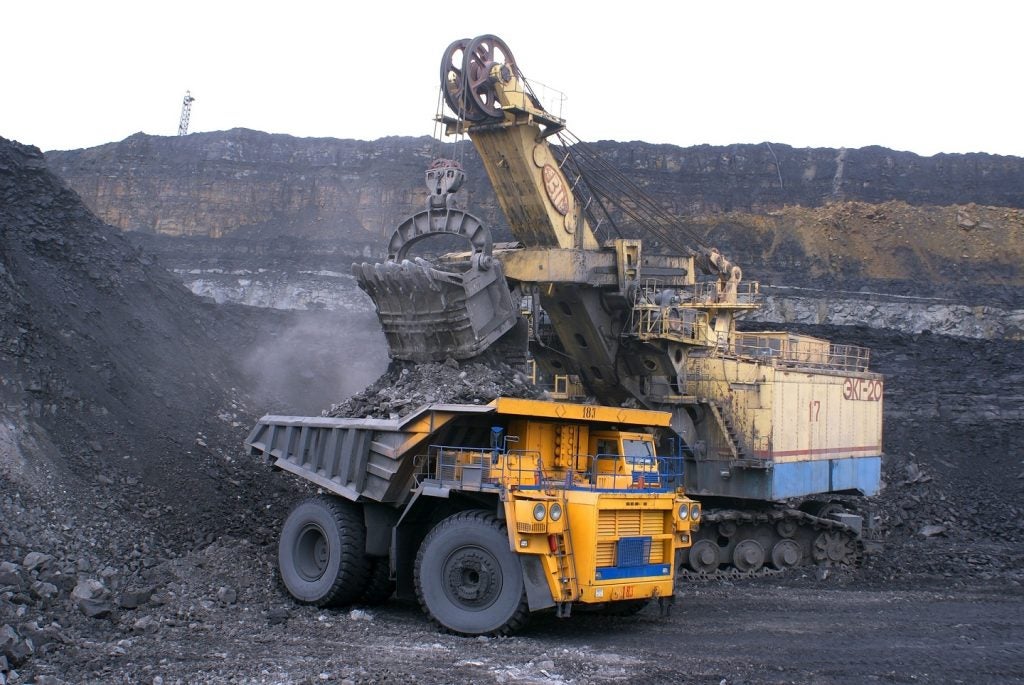

The mining sector is at a crossroads. As concerns mount about the end of the so-called commodities ‘supercycle’, companies must contend with a raft of strategic and operational issues. It is not always clear to see how they should navigate the path towards continued growth while minimising the associated business risks.
For anybody seeking to quantify these risks, the annual Ernst & Young report on the subject makes for compelling reading. Illuminating not just the issues themselves, but also how priorities have shifted within the last year, Business risks facing mining and metals 2014-2015 places the focus squarely on long-term profitability.
We profile each of the major risks laid out in the report.
1. Productivity (ranked 2 in 2013)
The top risk on this year’s list is productivity. As the sector chased growth during the commodity boom, productivity steadily declined, and many companies have subsequently tried to bridge the gap by cutting costs.
See Also:
According to Ernst & Young, measures of this kind will not be sufficient on their own. Only a wholesale business transformation is likely to achieve the gains required.
How well do you really know your competitors?
Access the most comprehensive Company Profiles on the market, powered by GlobalData. Save hours of research. Gain competitive edge.

Thank you!
Your download email will arrive shortly
Not ready to buy yet? Download a free sample
We are confident about the unique quality of our Company Profiles. However, we want you to make the most beneficial decision for your business, so we offer a free sample that you can download by submitting the below form
By GlobalData"Productivity is probably the lowest it’s been for a decade and a half, and companies are starting to ask how they achieve the levels they once operated at," explains Mike Elliott, EY’s global mining and metals leader. "They want to recover what they’ve lost while taking full advantage of what’s available today."
This will entail shaking up their processes, including re-evaluating mine plans and reassessing mining methods. Short-term attempts to slash expenditure may not prove sustainable in the long run.
2. Capital dilemmas – allocation and access (ranked 1 in 2013)
Last year’s key risk, capital allocation and access, has fallen from the top spot, indicating steady progress since 2013. Unfortunately, this does not apply across the industry as a whole. According to Ernst & Young, while the major players have shown a deep commitment to effective capital allocation, little has changed for junior miners. Because these juniors are frequently at the mercy of risk-averse investors, they may struggle to raise equity, forcing them towards acquisitions and lay-offs.
Meanwhile, for larger companies we are seeing three distinct phases. As Elliott explains: "The first phase was capital discipline, where companies have sought to outdo each other in reducing capital expenditure. The second phase, which we’re living through at the moment, is around capital optimisation. And the third part is setting yourself up to devote capital allocation to the next wave of growth."
3. Social license to operate (ranked 4 in 2013)
Always near the top of the risk rankings, social license to operate remains a key issue. Community conflicts over environmental and social concerns can cause large mines to lose some $20m a week. As ever more projects are stopped in their tracks, companies need to balance a broader sense of social responsibility against the demands of their stakeholders.
4. Resource nationalism (ranked 3 in 2013)
Despite declining commodity prices, resource nationalism is still a hot topic. Various countries, keen to gain their share of the sector’s shrinking returns, have introduced mandated beneficiation and state ownership. Companies need to make their governments aware of the impacts, and show how raising the costs of doing business may mean missing out on the benefits.
5. Capital projects (ranked 7 in 2013)
Mining companies are starting to prepare themselves for investment in new supply, despite resistance from the public capital markets. If they are to avoid the same mistakes they made during the supercycle, they will need to exert greater capital discipline and more robust project management. This issue is likely to become more pertinent in future as the next wave of projects gets the go-ahead.
6. Price and currency volatility (ranked 6 in 2013)
As the market attempts to find some equilibrium following years of price stimulus and new supply, companies are wading through a period of extreme volatility. With this turbulence set to continue, the industry has no option but to ride it out.
"The ending of the supercycle was always going to be a difficult thing," says Elliott. "Our view is that this volatility has several years left to run, and because this is going on for such a period of time you don’t really have the choice to sit on the sidelines. So companies are going to have to learn to manage and work through volatility and build flexibility into their operations."
7. Infrastructure access (ranked 9 in 2013)
Developing a large infrastructure project is no easy task, and in some cases the cost of the infrastructure can constitute almost three quarters of the total project cost. It requires coordination among various stakeholders who may have divergent priorities. While this can be difficult, ultimately the trend is towards shared infrastructure ownership, value and access.
8. Sharing the benefits (ranked 8 in 2013)
Given the number of different stakeholders – government, community and employees – it is important to ensure that each is allocated a slice of the proverbial pie. Particularly as commodity prices recover, companies need to ensure that the increased benefits are shared out fairly and that multiple stakeholders are adequately managed. Transparency and accountability are the watchwords.
9. Balancing talent needs (ranked 5 in 2013)
Today’s mining projects call for an increased degree of sophistication, in the form of data analytics, automation and contract negotiation. The industry’s talent demands have therefore changed, and it can be tricky to balance existing skills against these new requirements. This is a sector-wide issue that will involve strategic investment in future skills pipelines.
10. Access to water and energy (new)
Listed in last year’s report as an ‘under the radar’ business risk, access to water and energy has made the top ten for the first time. As energy costs rise, particularly in regions such as Chile, Peru, South Africa and Mongolia, mining companies need to plan their strategy accordingly.
"Mining activities are becoming more energy and water intensive, and so at some point these will become a larger component of the cost base of mining," says Elliott. "If you want to have a window on the future, then you only have to look at copper and gold mining in Chile, where alternative energy has now become cost-competitive with conventional energy. We would expect in years to come other locations will reach that crossover point. There are developments occurring that will actually change how we source our water and energy in the future."
Take-home message
While many mining companies are already aware of these risks, each organisation is going to be slightly differently impacted. According to Elliott, the ones that stand to do best will be the ones that implement sound risk management strategies and look to the positives.
"Some companies are focusing on managing the downsides without necessarily taking full advantage of the present volatility," he says. "But the more progressive of them are actually using volatility to boost their bottom line rather than just sitting on the sideline. It’s finding the opportunity in these things as much as it is trying to manage the risk."


.gif)





